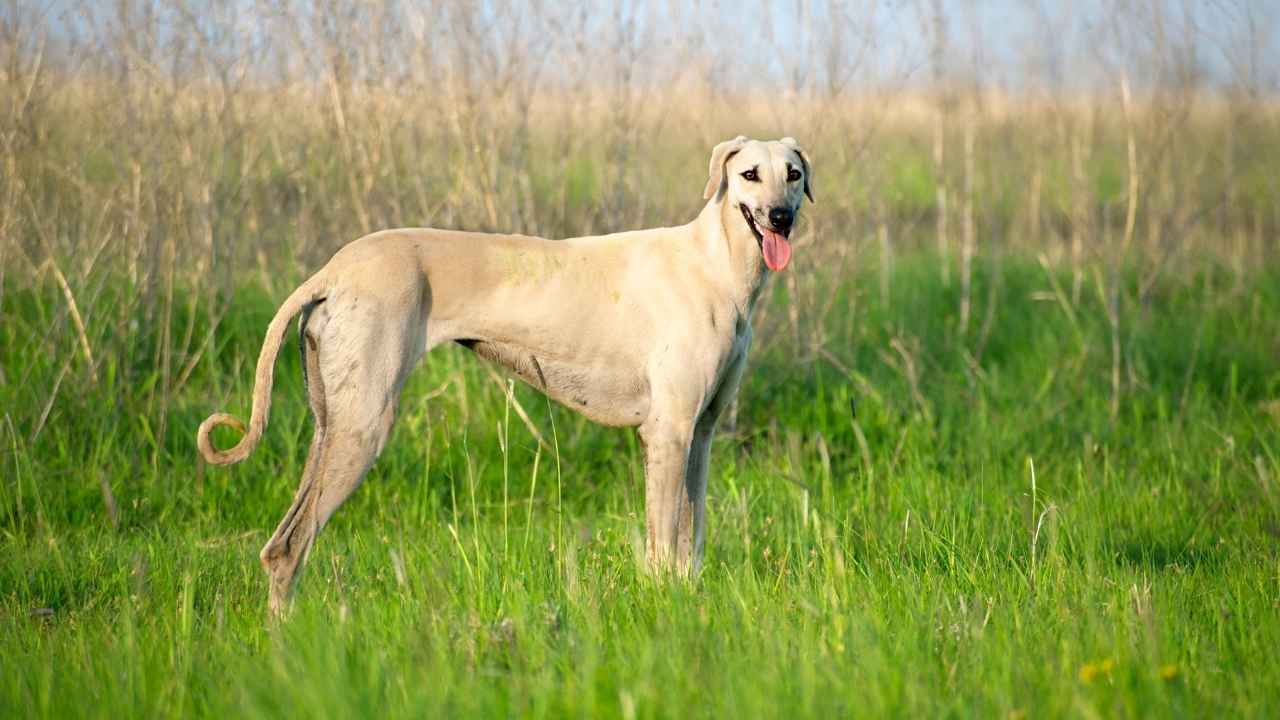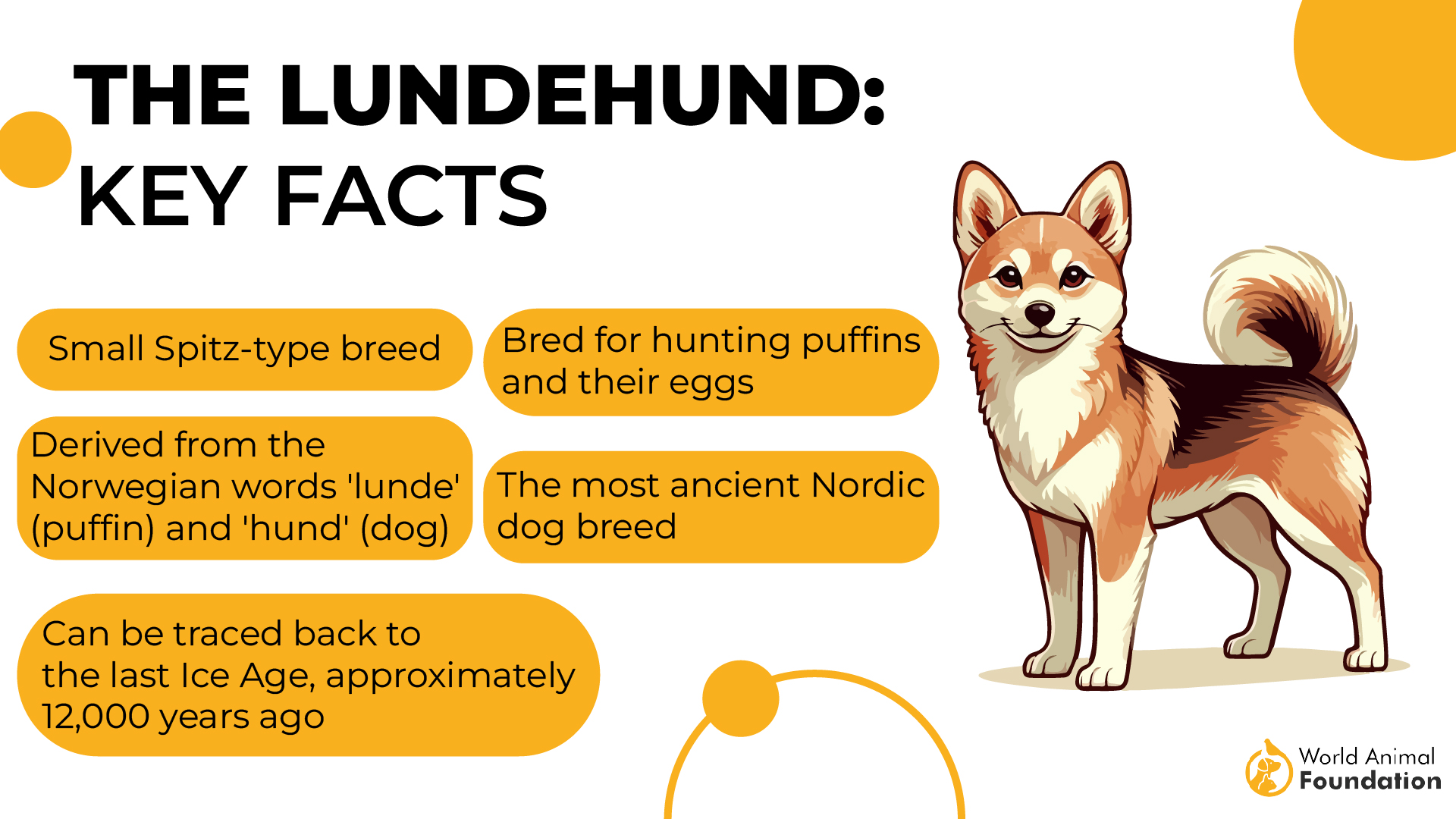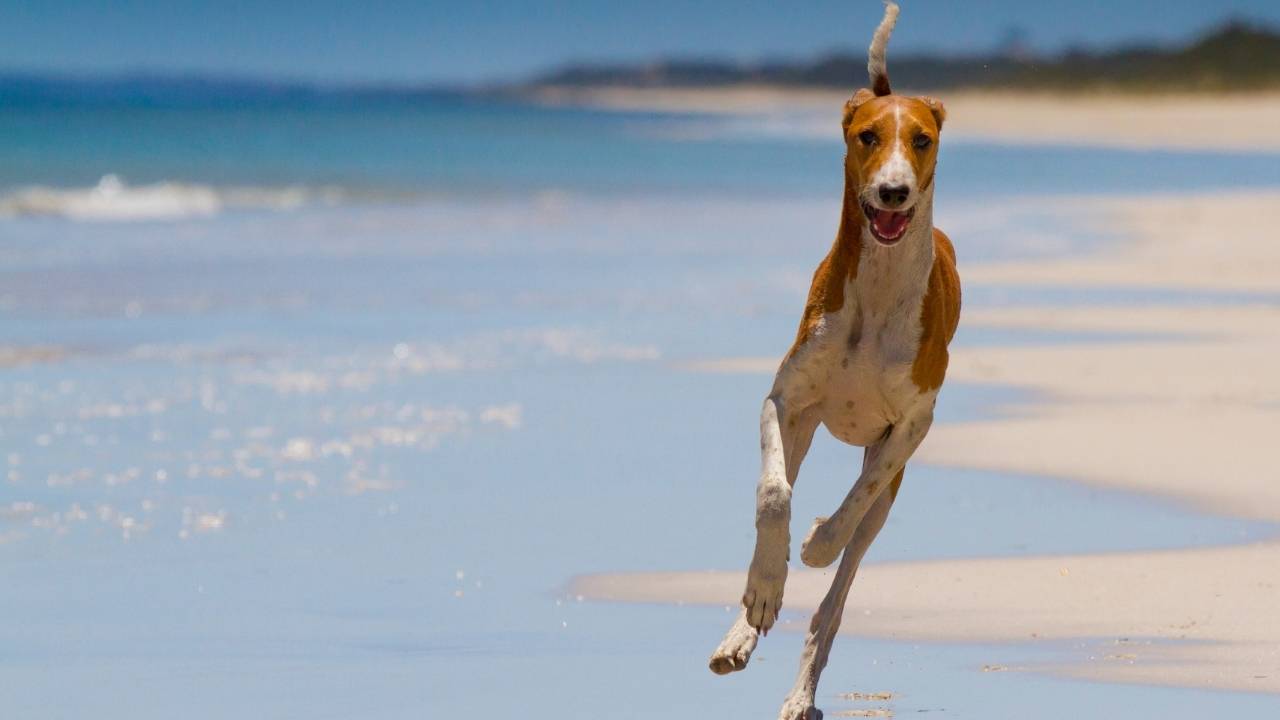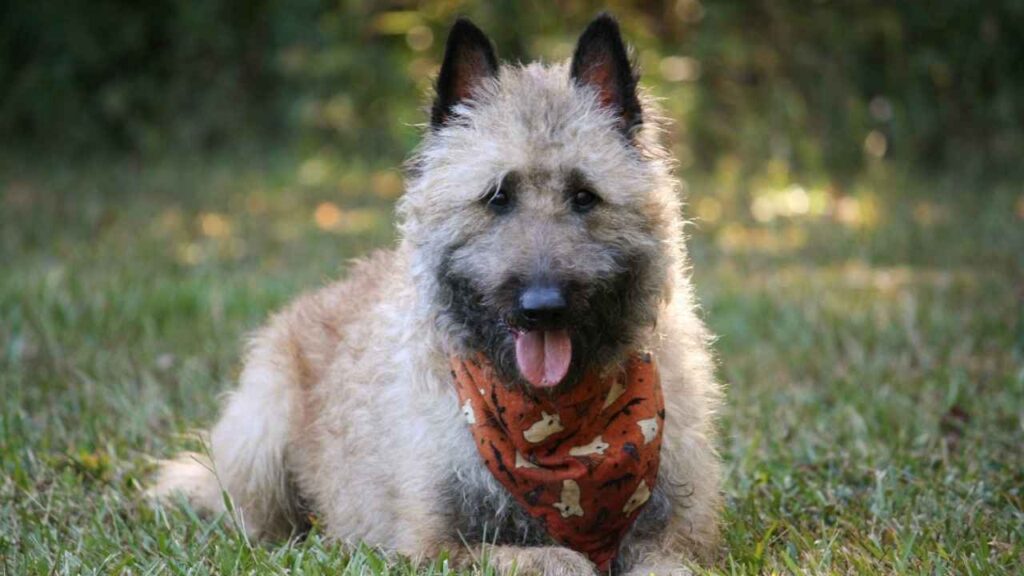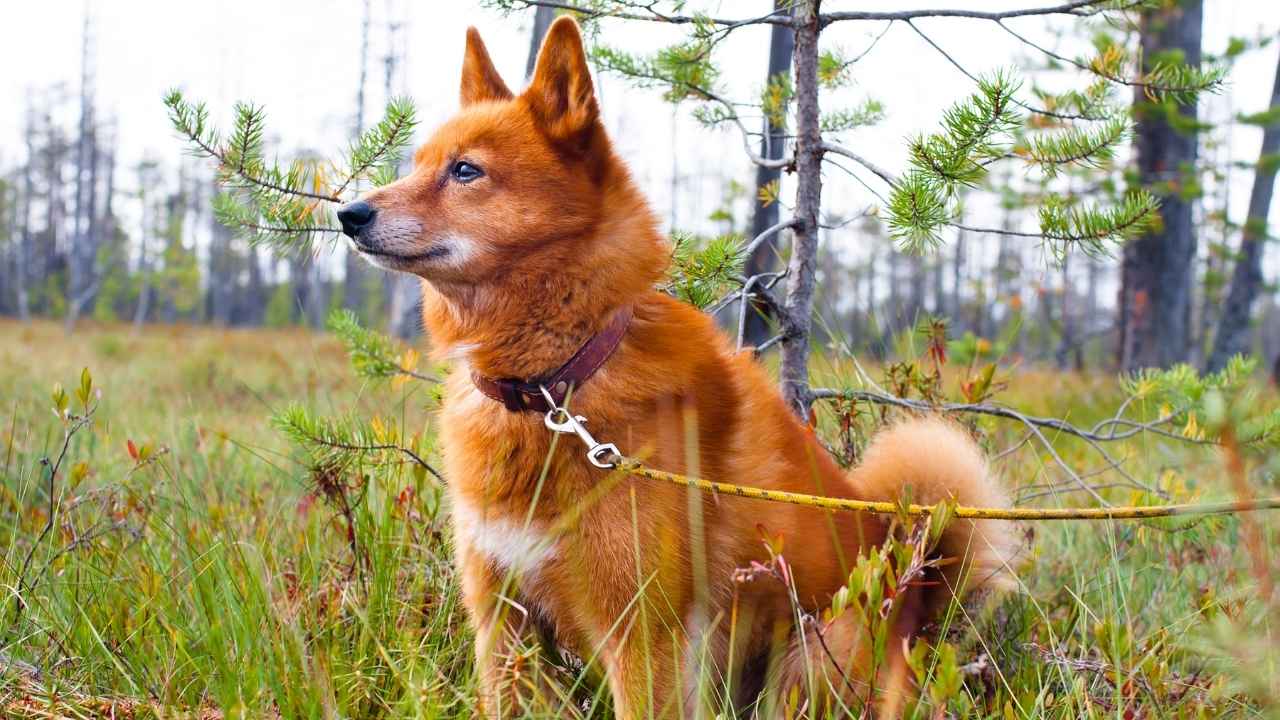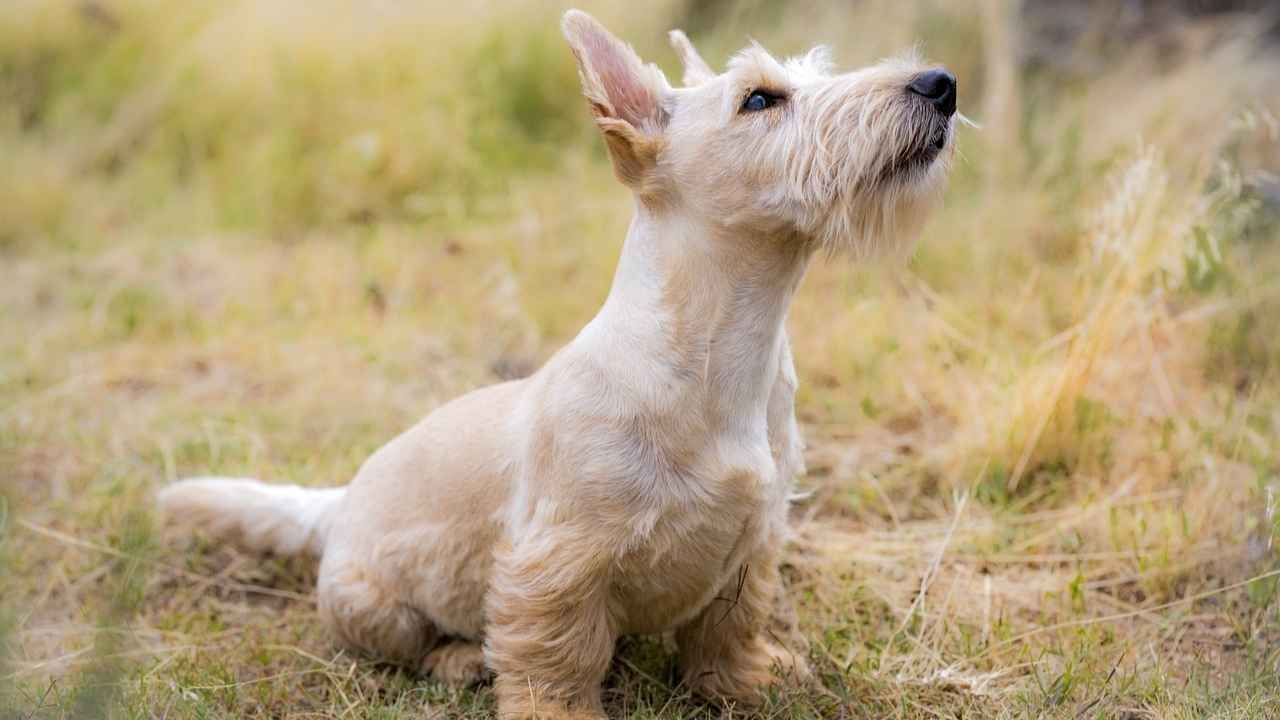In a world where Labradors, German Shepherds, and Golden Retrievers dominate the canine spotlight, lies an incredible variety of lesser-known dog breeds quietly waiting to be discovered. These underappreciated breeds often possess unique characteristics and charm that can make equally excellent companions. Delving into the world of the 10 least popular dog breeds in America offers a glimpse into rare elegance, distinctive behaviors, and fascinating histories. Whether motivated by a desire for individuality, or the allure of the uncommon, exploring these breeds provides an opportunity to celebrate the diverse tapestry of dogdom beyond the mainstream choices.
Dogs have been by our side for centuries, offering loyalty, love, and companionship. While most of us can name the popular breeds that fill parks and homes, there’s something truly magical about discovering a dog breed that’s less well-known. These rare and underappreciated breeds bring with them unique qualities, rich histories, and a charm that sets them apart.
With hundreds of dog breeds recognized worldwide, it’s easy for some to fly under the radar. Yet, these hidden gems deserve just as much attention and admiration as their more famous counterparts.
Let’s take a closer look at some of America’s least popular dog breeds—dogs that, while uncommon, have so much to offer to the right person or family. Their stories might just surprise you!
10 Least Popular Dog Breeds in America
1. Sloughi
The Sloughi, a noble and graceful breed, has long been treasured by Bedouin tribes for its remarkable hunting skills. Known for its speed, stamina, and sharp instincts, the Sloughi was once relied upon to hunt small game like hares and even larger animals such as gazelles. Its sleek appearance and impressive abilities made it a prized companion in its native regions.
Unfortunately, the Sloughi’s numbers have dwindled over the years due to historical challenges. Wars, changes in hunting laws, and a devastating rabies epidemic during World War II severely impacted the breed. As lifestyles shifted, the demand for these exceptional sighthounds declined, contributing further to their rarity.
Sloughis are sensitive yet affectionate dogs, forming deep bonds with their families. Purina adds they are often reserved around strangers but will subtly alert their owners to anything suspicious. With proper training and early socialization, they can become loyal and devoted companions. However, their natural hunting instincts require careful management, especially around small animals or unfamiliar cats.
2. English Foxhound
The English Foxhound, bred in 16th-century England, was designed for a very specific purpose: fox hunting. Known for their speed, stamina, and incredible sense of smell, these dogs were once a key part of countryside life. They were traditionally kept in packs and thrived as part of a team during hunts, living in kennels or compounds with their fellow hounds.
Today, the English Foxhound is a rare sight in the United States. Fox hunting, the sport that defined this breed, has lost popularity in many regions and has even been banned in parts of the UK. While their muscular build, long legs, and broad chest make them ideal for running, their high prey drive and energetic nature can make them a challenge as house pets.
Despite this, English Foxhounds are intelligent, gentle, and good with children and other dogs. WebMD notes they are best suited for experienced owners who can provide the space and exercise they need. While the American Foxhound has overshadowed its English counterpart in the U.S., the English Foxhound remains a fascinating and affectionate breed for those who appreciate its unique history and characteristics.
3. Norwegian Lundehund
The Norwegian Lundehund is a remarkable breed originally developed to hunt puffins along the rugged islands of Norway’s west coast. These dogs possess traits that set them apart, including six toes on each foot and the ability to close their ears to keep out dirt and water—adaptations that once made them exceptional at navigating narrow caves and crevices in search of their quarry.
Despite their unique abilities, PetMD states Norwegian Lundehunds became less common when puffin hunting was banned to protect the birds, and new hunting methods replaced the need for these specialized dogs. Coupled with high taxes on owning Lundehunds, their population dwindled, and by the early 1900s, they were on the brink of extinction.
Today, Norwegian Lundehunds are incredibly rare, even in their native Norway. Though their role as puffin hunters is a thing of the past, their fascinating history and unusual physical traits make them a true treasure among dog breeds, cherished by those who seek something truly unique.
4. Grand Basset Griffon Vendeen
The Grand Basset Griffon Vendéen, or GBGV, is a unique and rare breed with a history stretching back over 400 years. Originating in the Vendée region of France, their name translates to “large, low, shaggy dog of Vendée,” a nod to their appearance and the rugged terrain they were bred to navigate.
What makes the GBGV rare is its limited breeding and regional roots. Historically confined to France, their purpose as specialized hunting dogs has kept their population small and distribution limited. Even today, breeders are relatively uncommon, and the breed remains less familiar outside of Europe. AKC adds though they are gradually gaining recognition in the United States, they are still considered a newer addition to the dog world.
Known for their loyalty and impressive tracking abilities, GBGVs are now used for mantrailing—a scent-tracking activity that highlights their incredible noses. Despite their hunting heritage, they are also friendly and sociable, making them wonderful companions for owners who appreciate their history and unique traits.
5. Azawakh
The Azawakh is a rare and elegant sighthound that hails from the Sahel region of Africa. Bred by the Tuareg nomads as both a loyal protector and a skilled hunter, this breed is built for endurance and speed, capable of running up to 40 mph. Despite its remarkable history, the Azawakh remains uncommon in the United States due to a small gene pool and limited breeding worldwide, with fewer than 3,000 in existence today.
Known for their rugged independence, Azawakhs are perfectly suited to the harsh conditions of their native region. At home, they are affectionate and gentle with their families but tend to be cautious and reserved around strangers.
Early socialization and consistent training are key to helping them adapt to new environments and get along with other pets. Their unique combination of loyalty, grace, and strength makes the Azawakh a special companion for those who appreciate their rich heritage and distinctive personality.
6. Belgian Shepherd Laekenois
The Belgian Shepherd Laekenois is a rare and remarkable breed, standing out as the oldest and least common of the four Belgian herding dogs. Alongside the Groenendael, Malinois, and Tervuren, the Laekenois has a rich history rooted in Belgium, where it was originally bred for herding and guarding. Its distinctive rough, tousled coat, which can be red, fawn, or grayish, gives it a unique and charming appearance.
Known for their protective nature, Laekenois are loyal and attentive companions who bond deeply with their families. While they are affectionate and friendly with those they trust, they remain observant and cautious around strangers, making them excellent watchdogs.
These active dogs thrive on daily exercise and mental stimulation, so consistent training and physical activity are essential to keep them happy. With regular grooming to maintain their textured coat, the Laekenois can be a devoted and hardworking family member, perfect for those who appreciate a rare and intelligent breed.
7. Finnish Spitz
The Finnish Spitz is a fascinating breed with deep roots in Finland, where it is honored as the national dog. Originally bred for hunting, this unique dog has a rich history tied to its homeland.
For a long time, its isolation kept the breed pure, but in the late 19th century, an influx of other dogs into Scandinavia almost caused the Finnish Spitz to disappear as a distinct breed. Thankfully, two dedicated hunters recognized its value and worked to preserve it, as per AKC.
Today, the Finnish Spitz is celebrated for its sharp intelligence and independent spirit. This breed thrives with early training that uses positive reinforcement, along with regular exercise and social interaction to keep it happy and well-adjusted. While it is cherished in Finland, its rarity worldwide makes it a lesser-known treasure among dog lovers.
8. Polish Lowland Sheepdog
The Polish Lowland Sheepdog, or PON, is a resilient breed with a remarkable story of survival. Nearly driven to extinction during World War II, when dog breeding in Poland came to a halt, the breed was revived through the dedication of breeders.
According to WebMD, in the 1950s, a single male named Smok played a pivotal role in recreating the PON population, siring multiple litters that helped secure its future. Despite its Tibetan and local sheepdog ancestry, the breed remains rare due to its small genetic pool and history of hardship.
PONs are compact, adaptable, and incredibly devoted to their families, making them excellent working pets. Their confident and lively nature shines when they’re given plenty of exercise and meaningful tasks to do. These intelligent dogs are known for their independence, and capable of working without constant guidance, which makes them uniquely suited for herding and similar activities.
9. Cesky Terrier
The Cesky Terrier is a unique and rare breed with deep roots in the Czech Republic, where it was developed in the 1940s. Officially recognized as the national dog of the Czech Republic, this charming terrier was first introduced to the United States in the 1980s, but its small gene pool has kept it one of the rarest breeds in the world, with very few living in the U.S.
Unlike many terriers, Ceskys are known for being a bit more relaxed and adaptable, making them excellent companions for families. They’re clever and adventurous, great playmates for children and loyal walking partners for adults.
Protective but not overly vocal, they make reliable watchdogs, and their eagerness to please makes training a rewarding experience. If you’re fortunate enough to find one, the Cesky Terrier is a devoted and delightful addition to any household.
10. Canaan Dog
The Canaan Dog is a rare and ancient breed with roots tracing back to the feral dogs of the Middle East. As Israel’s national dog, it has a unique history, evolving naturally rather than being bred for specific traits until more recently.
This breed’s limited gene pool is a result of its feral origins and efforts to control rabies in Israel, which significantly reduced the number of wild Canaan dogs and further limited the population of purebred individuals.
Known for their intelligence and problem-solving skills, Canaan Dogs are both affectionate and naturally protective, making them excellent companions and guardians. They were traditionally used for herding and guarding flocks, roles that showcase their independence and adaptability.
While their rarity makes them less common globally, those who know this breed appreciate their loyalty, sensitivity, and strong bond with their families. The Canaan Dog is a true treasure for those seeking a one-of-a-kind canine companion.
Conclusion
While the most popular dog breeds like French Bulldogs often dominate the spotlight, there’s a special charm to exploring the least popular breeds that don’t always make the headlines. These wonderful dogs, though less common, offer unique qualities and histories that make them just as deserving of love and attention. For pet parents who want a one-of-a-kind companion, these lesser-known breeds bring incredible loyalty, character, and companionship.
Organizations like the American Kennel Club highlight the diversity of breeds available to pet owners, from the hardworking Belgian Laekenois with its distinctive shaggy coat, to rare gems that contrast the more common breeds we often see. While many other breeds are more widely recognized, the beauty of these rare dogs lies in their individuality, proving that beloved pets don’t always have to align with canine popularity. Exploring these breeds is a reminder of the diversity and richness in the dog world.
In conclusion, while these ten least popular dog breeds in America may not enjoy widespread recognition or adoration, they each possess unique qualities and characteristics that make them valuable companions. Often overshadowed by more popular breeds, these dogs offer an opportunity for potential pet owners to discover distinctive traits and temperaments that may better suit their lifestyle. Whether it’s their rare history, specific abilities, or quirky personalities, exploring these lesser-known breeds can lead to a rewarding and fulfilling relationship. Embracing diversity in breed popularity ultimately enriches our understanding and appreciation of canine diversity.


